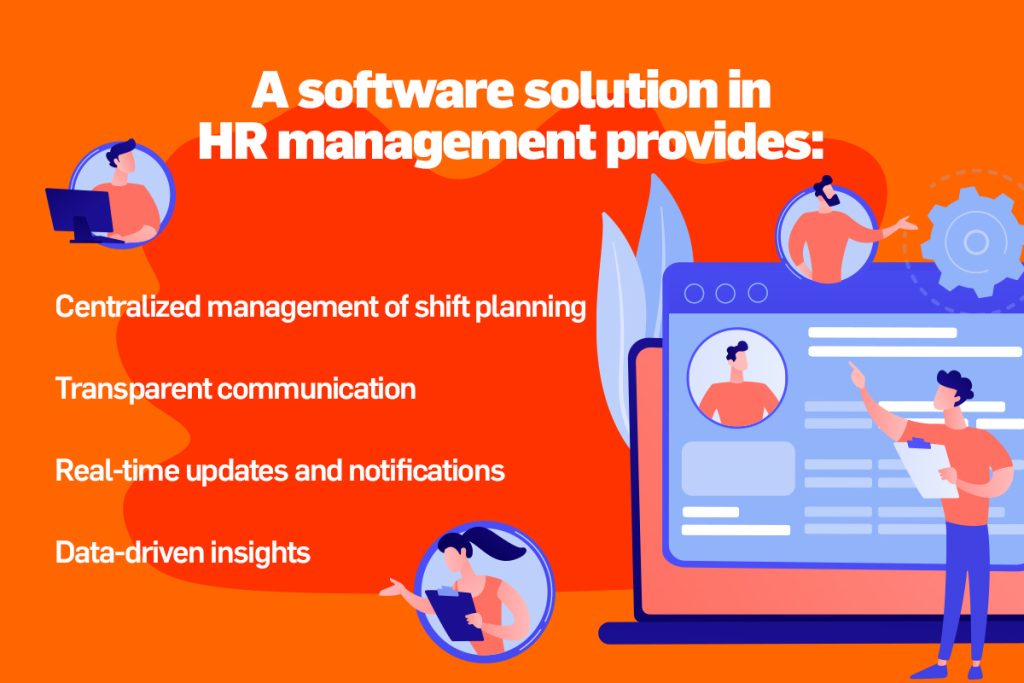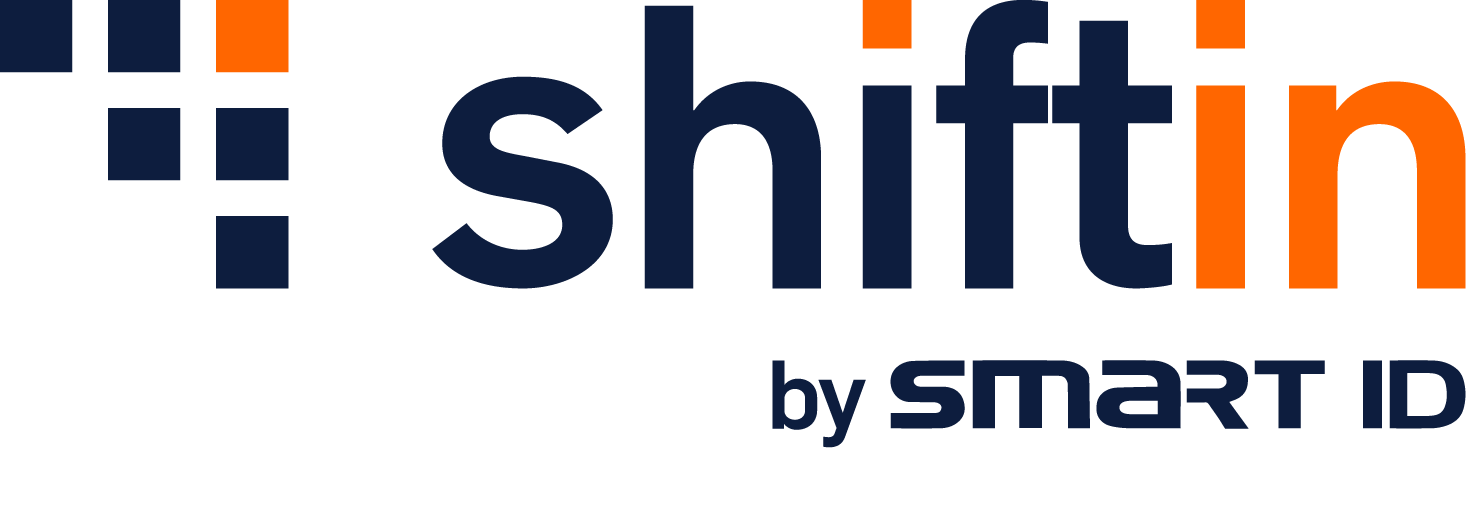Effective shift scheduling is crucial for organizations to optimize productivity, maintain employee satisfaction and ensure seamless operations. In the following, we will explore the different shift scheduling strategies that have emerged in recent years, highlighting the benefits they offer to various stakeholders. Whether you’re a staff member, middle manager, HR professional, or member of the leadership team, this article will provide you with valuable insights into what effective shift scheduling means and its impact on organizational success.
The importance of effective shift scheduling in human resource management
Shift scheduling plays an essential role in managing human resources, operational requirements, and customer demands. By adopting appropriate strategies, organizations can increase employee satisfaction, reduce staff turnover, and optimize resource allocation. Effective shift scheduling gives employees a sense of control over work-life balance, leading to greater job satisfaction and improved productivity.
The role of a software solution in human resources management
In the field of shift scheduling strategies, software solutions such as shiftin have emerged as powerful tools that can revolutionize the way organizations manage their workforce. By automating and optimizing shift scheduling processes in human resource management, shiftin plays a key role in increasing efficiency, promoting employee satisfaction, and streamlining overall operations. Let’s delve deeper into the key roles of a software solution in developing effective shift scheduling strategies in human resource management:

Centralized shift scheduling management
shiftin provides organizations with a centralized platform to manage shift scheduling in human resource management. This eliminates the need for difficult spreadsheets or manual processes, allowing managers to create, modify and communicate schedules efficiently. With an easy-to-use interface, shiftin allows managers to easily assign shifts, keep track of employee preferences and availability, and respond quickly to changing demands.
Transparent communication
One of the significant challenges in human resource management is ensuring transparent communication between managers and employees. shiftin addresses this by providing a channel for seamless communication. Employees can access their schedules, submit shift requests, and communicate their preferences through the software, eliminating the need for time-consuming email exchanges or face-to-face discussions. This transparency fosters a collaborative work environment and gives employees a sense of control over their schedule.
Real-time updates and notifications
From an HRM perspective, shiftin provides real-time updates and notifications, ensuring that employees and managers remain informed of any schedule changes. Whether it’s a shift change, a shift cancellation or a new schedule assignment, the software instantly alerts relevant parties, reducing the risk of miscommunication or missed shifts. Real-time updates also help proactively address staff shortages or unexpected absences, ensuring smooth operations and customer satisfaction.
Data-driven insights
shiftin provides robust analytics and reporting capabilities in human resource management that provide valuable insights into shift scheduling patterns, employee availability and labor costs. Managers and executives can leverage these data-driven insights to optimize scheduling strategies, identify areas for improvement, and make informed decisions that align with organizational goals. By identifying trends and patterns, organizations can proactively address any challenges.
Effective shift scheduling is a critical aspect of human resource management for any organization. A well-planned schedule helps to optimize staffing levels, reduce overtime expenses, improve employee morale, and ensure the efficient functioning of the organization.





